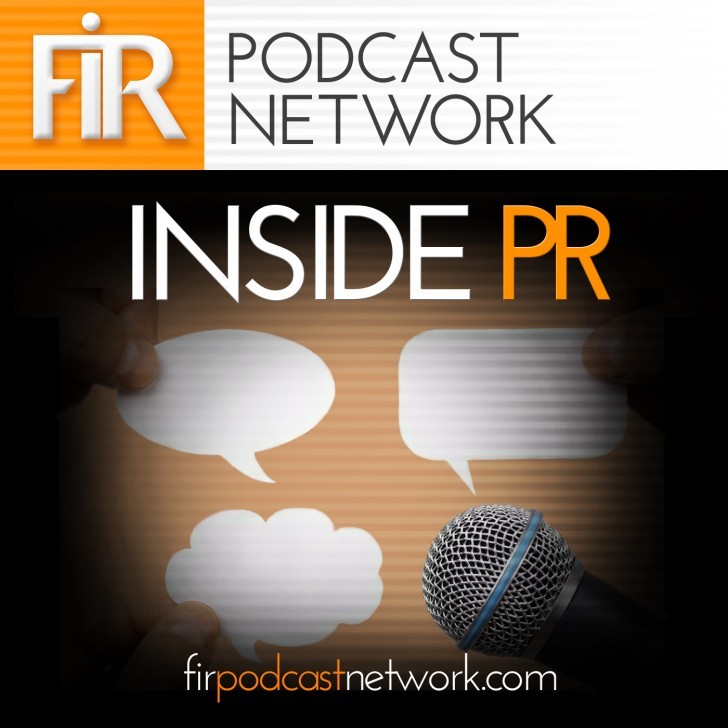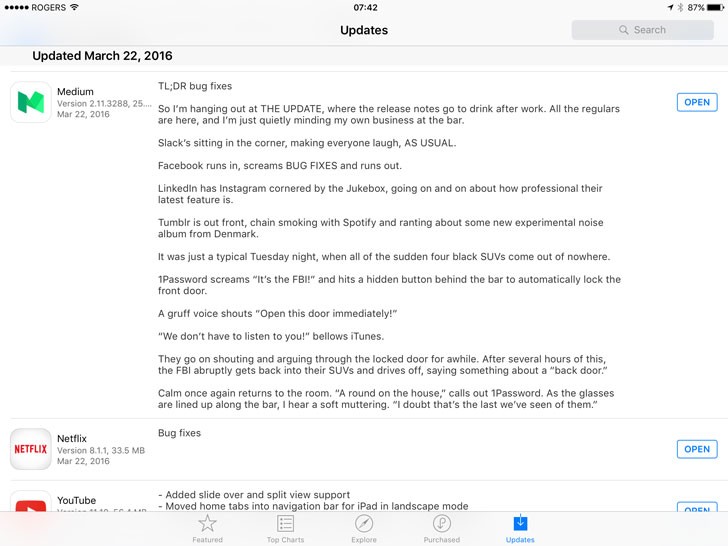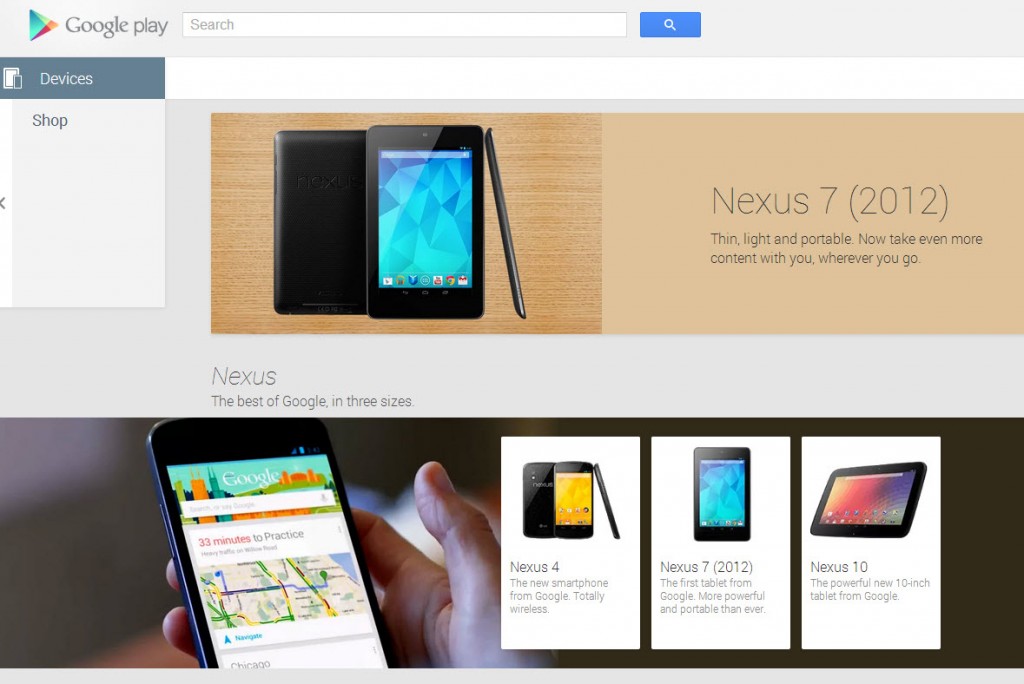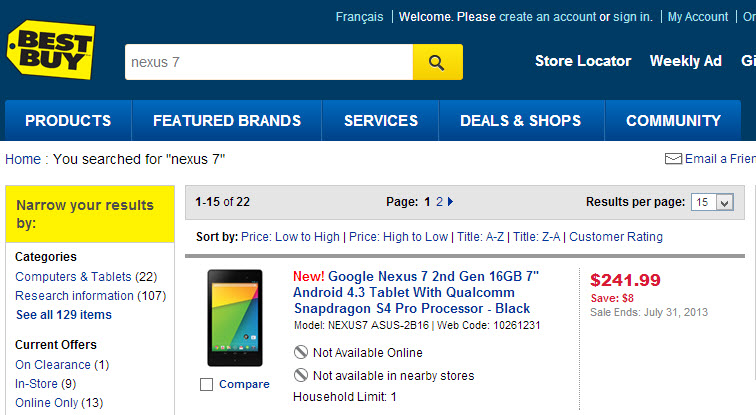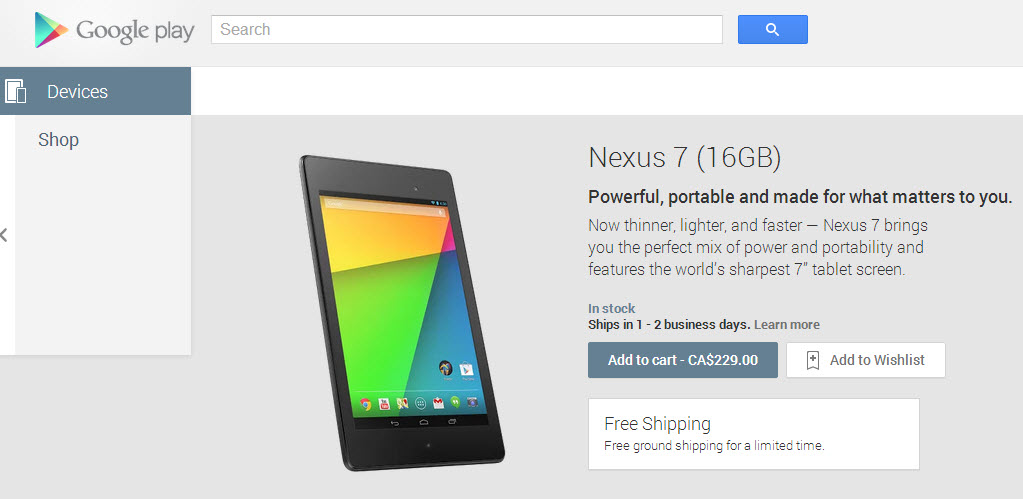Does your business have the Anti-Spam Law Blues? A Content Marketing program will lift your business prospects and your spirits.
 Canada’s Anti-Spam Law (CASL) has been in effect since July 1. And in its first several weeks of implementation, it’s created quite a stir among Canadian businesses and marketers.
Canada’s Anti-Spam Law (CASL) has been in effect since July 1. And in its first several weeks of implementation, it’s created quite a stir among Canadian businesses and marketers.
Typical of the business reaction these comments from a Toronto-based business owner being interviewed for an episode of CBC’s The Current:
“When we first heard about the legislation, it looked like it was just for flyers and I thought: Well, we really don’t do that. Our communication is one-on-one … We don’t spam our clients. And then I realized that we actually do send out a monthly newsletter. It’s not even very newsy. It’s an image of a carpet that we might have done within the past six months that might be of interest to a company. And then I got a little further into it and I got much more concerned about what this might mean for a small company like mine. … we have customers that are 25 years old and we may not have worked with them in the past five years. But I still consider them a customer. My understanding is that after July 1, I can only email them once and without their absolute consent I can’t email them again. … I think it will dramatically affect how we can work because this is how we all work through email. We communicate that way. … We have customers in Vancouver and Calgary specifically and how we stay in touch is through email… I might think they do hospitality. They do a lot of hotel work. Maybe I’ll send them this image that we did just because they might be interested in what we’ve been doing lately.”
Look closely at what she said. “We don’t spam our clients.” “We have customers that are 25 years old and we may not have worked with for the past five years. But I still consider them a customer.” “Maybe I’ll send them this image that we did just because they might be interested in what we’ve been doing lately.” This business owner is deciding whether her “customer” would be interested in receiving an email with an image of a recent project – even if that customer has not done business with the company in several years. The decision to send the email is in the hands of the sender. The recipient has no voice in the matter. If that’s not Spam then I don’t know what is!
Now, I’m sure that this business owner is not alone in taking this approach. In fact, any discussion around a Chamber of Commerce or Board of Trade event will easily turn up many business owners who see this as a legitimate and indeed necessary marketing tactic. Have list will mail.
That era is over.
In the past it was easy for business owners to assemble lists of “prospects”. They could pick up business cards at trade shows. They could offer discounts to people who would register to receive them – and then send them email even if that person did not realize they’d signed up for an email newsletter. There were all sorts of ways to assemble a list of prospects to make a business grow. Most of those avenues are now closed. If you want to email something to a business prospect in Canada, you must either have an existing business relationship with them or obtain their explicit consent.
In the new world of the anti-spam law, consumers must know that they are signing up for a mailing list when they do so and know how you intend to use that list. The anti-spam law puts control of what consumers receive back in their hands and takes it out of the hands of the business owner who may “think” that a “prospect” might be interested in what they have to send. Consumers know what they are interested in and they can control what they receive.
Content marketing to the rescue
So what’s a business owner to do? Quite simply, business owners must give people a reason to receive their email letters. And in order to do that they must draw people to the sign-up form.
Content marketing satisfies both of these requirements.
By creating interesting, informative, entertaining content you can satisfy the curiosity of people who are genuinely interested in what you have to offer. If you do this well, they will find you when they search for a topic. Or others within their community of interest will recommend things you have published in their social feeds. One way or the other, qualified leads will come to you. And then, if you create an ongoing stream of that interesting, informative and entertaining content, they will sign up to receive it and want to keep receiving it.
Content marketing is worth the effort for a business. Even more so now that CASL has made assembling a list of prospects has become much more difficult.

